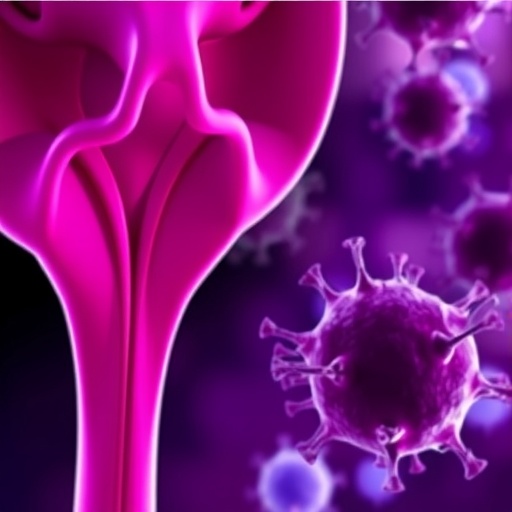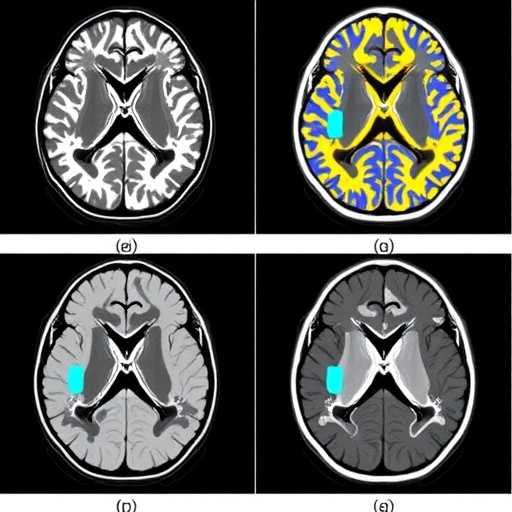Fresh insights into how cells alert the body when they are in danger of becoming cancerous could open new doors in the search for therapies.
Scientists have discovered that regular cells can take on characteristics of immune cells, which can send warning signs when they are stressed or in danger.
The mechanism is part of the body’s system for removing older cells, a natural part of the ageing process, known as senescence.
Researchers say the system may also help the body detect cancer cells sooner, so that they can be removed before tumours form.
Senescence stops cells from dividing and prevents damaged cells from continuing to grow. The process is prompted by stress to the cell. It is also triggered when genes that have the potential to cause cancer – called oncogenes – become active.
Researchers at the University of Edinburgh found that key immune molecules inside cells, called TLR2 and TLR10, detect when oncogenes are switched on.
This initiates a cascade of chemical signals that cause inflammation and trigger immune cells to remove the damaged cell.
TLR2 and TLR10 were known to be important for detecting infections such as bacteria and viruses, but this is the first time they have been found to play a key role in ordinary cell ageing.
The study, published in Science Advances, was carried out at the Cancer Research UK Edinburgh Centre at the University of Edinburgh.
Dr Juan-Carlos Acosta, CRUK Career Development Fellow at the University of Edinburgh, said: “The results of the study extend our knowledge of molecular mechanisms controlling senescence and may lead to new strategies for development of anti-cancer and anti-aging therapeutics based on innate-immune receptor manipulation.”
Dr Matthew Hoare, Clinician Scientist and Honorary Consultant from the Cancer Research UK Cambridge Institute, said: “Damaged cancer-causing cells become senescent and are then killed by the body’s own immune system. However, if the immune system does not destroy the senescent cell, the surrounding tissue can become inflamed, promoting cancer development.
“This is a really hot area for research, as senescence has the potential to stop cancer development in the earliest stages. These findings show for the first time that damaged cancer-causing cells use TLR2/10 signalling to become inflamed, presenting potential drug targets that could help the body clear senescent cells before they cause harm.”
###
Media Contact
Jen Middleton
[email protected]
http://dx.




